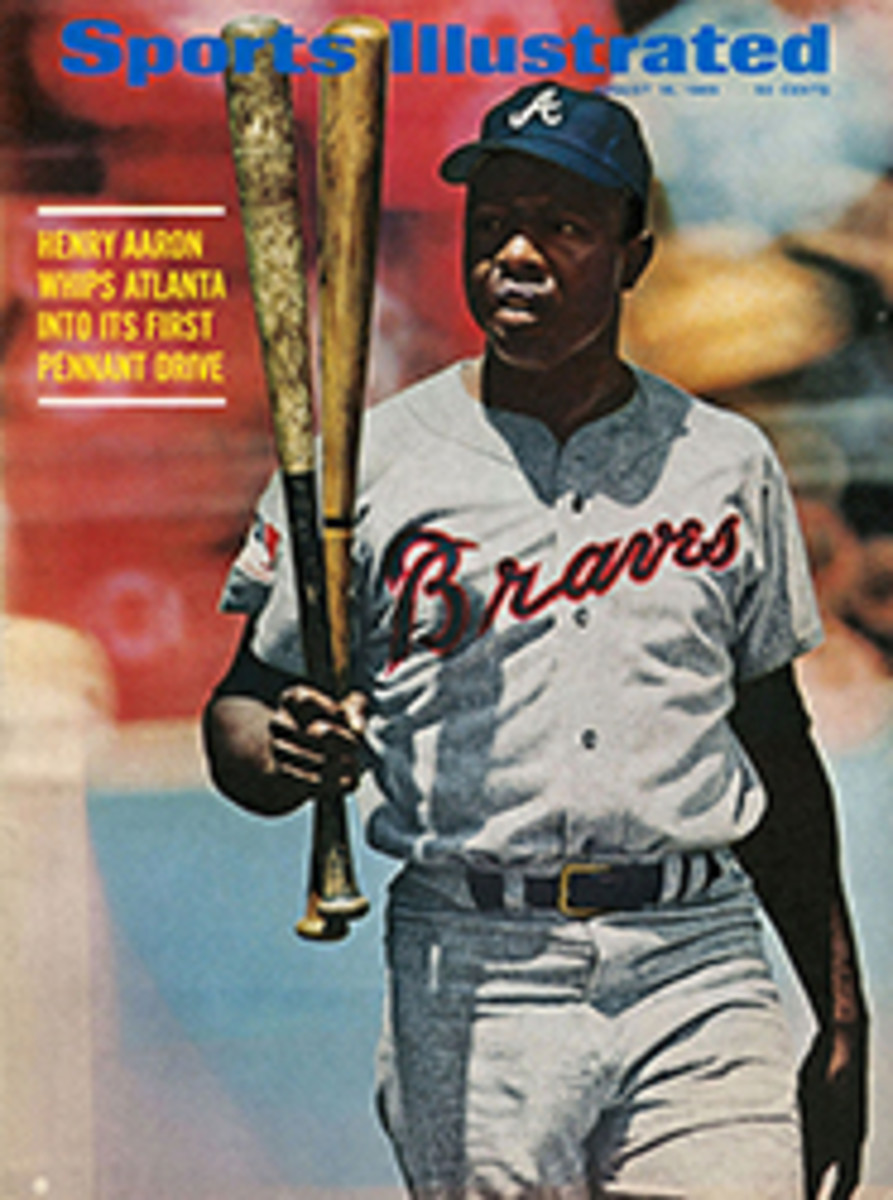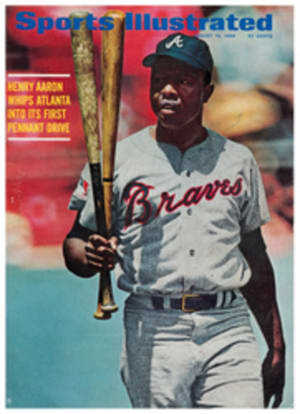
SHOO-IN FOR A YOUNG SHOE PITCHER
Think of a quiet, green, nostalgic Winslow Homer painting mixed with a Mutt and Jeff cartoon and you get the flavor of the World Championship Horseshoe Tournament. At Glenwood Park in Erie, Pa., where this year's championship ended two weeks ago, the old-time, county-fair atmosphere was palpable as soon as one stepped inside: there was a plump, gray-haired lady sewing the names of competitors on shirts, a man selling 50-cent tickets on a raffle and putting the money in an old coffee can, competitions for women and children and even small boys perched in the trees looking down on the lighted field in the breezy midsummer night. There were six rows of wooden bleachers on three sides of the pitching area, crowded with rapt spectators, the men wearing suspenders, the women in old-fashioned, roomy housedresses. (There would have been bleachers on four sides, but one side was kept clear for the senior citizens' shuffleboard games.) On 18 pitches the 36 top horseshoe pitchers from the U.S. and Canada—in horseshoe pitching the U.S. and Canada are the same as the world—tossed their shoes (maximum weight: 2½ pounds) the regulation distance (40 feet) as if they were quietly re-enacting in a modern setting the game that used to be a favorite rural pastime wherever there were horses and blacksmith shops.
But the contemporary world kept crowding in on the picnic atmosphere as busily as a television commercial. When Danny Kuchcinski won the world championship two years ago at the age of 18, he hired a publicity agent. Danny is a local Erie boy, a left-hander, the youngest pitcher in 44 years ever to win the world championship. He was also the first horseshoe pitcher in history to acquire a public-relations staff and the first to demonstrate trick shots for Johnny Carson on the Tonight Show. Teamed up with Sue Gillespie, of Portland, Ind.—the youngest girl ever to win the ladies horseshoe pitching championship—he had an act (performed in sports shows in Minneapolis and Kansas City) in which Sue rested her chin on the stake and Danny pitched ringers just inches under her lovely features.
Last year Danny lost his title to Elmer Hohl, a sturdy, dignified, 50-year-old carpenter and farmer from Wellesley, Ontario, who represents the old order of things in the world of horseshoes as much as Danny represents the new. Hohl fired shoes at the stake with machinelike efficiency and a form that suggested the bowler Don Carter releasing a bowling ball. Danny delivered with a big back-swing and a soft, flowing follow-through. To become world champion you have to win a round-robin tournament of the 36 best pitchers (of the 5,000 members of the National Horseshoe Pitchers' Association), which means that you have to average nearly nine ringers out of every 10 throws for six hours a day, six straight days.
"You got to be tough to play this sport, baby," said Bill Rogers, who could also be called a representative of the new order. In fact, he claims to have introduced soul into horseshoe pitching. Rogers is a 43-year-old former professional basketball player who turned to horseshoes four years ago. During the winter he keeps in condition, working out by pitching horseshoes all by himself under a streetlight in a park on 125th Street in New York City, to the astonishment of policemen patroling on the Harlem River Drive. Rogers says the notion that horseshoes is an old man's sport is ridiculous. "Horseshoes is a singular accomplishment," he says. "You've got to hit that stake yourself, because it sure isn't going to give you a break. When you hit it, you know you have sweated alone."
Other contenders had less of the sense of horseshoe pitching as solitary self-testing. "Even when the pressure is off," said Steve Fenicchia, "I'm still worried out there because I'm thinking about my pole bean plants." He pitches close to 80% (which means he averages 80 ringers for every 100 shoes pitched) but he is also an impassioned organic horticulturist, as well as the superintendent of the Cenacle Convent in Rochester, N.Y. His concentration on the tournament was reduced by his struggle to save his Italian pole bean plants from Mexican bean beetles. "Don't ever use insecticide on those little chocolate-colored critters," he told his fellow pitchers. "That's not nature's way." Just before he left for the tournament, he felt he had made a breakthrough. "I was getting them with a solution of garlic, peppers and vinegar," he said, "but now my only defense is the sisters' prayers."
He had a lot of time to think while he was throwing horseshoes on the pitch. A game (50 points) might run to 45 minutes or more. If each player throws two ringers with his two shoes there is no score. If one player throws two ringers and his opponent only one, the man with two ringers gets three points. If each throws one ringer (which rarely happened at Erie), the man who has thrown the closest shoe of the two that missed gets one point. (In case neither throws a shoe within six inches of the stake, there is no score, but that does not happen in world-championship play.) So points are added slowly, and games came down to scores in the 40s, with one three-point shoe becoming decisive.
One lost game the first day nearly puts a competitor out of the running. By the third day only the top three or four are still competing for the championship. Danny (who married Sue Gillespie the week before the tournament) was still undefeated. Hohl was in second place; he was upset the next-to-last night by Ray Martin, a durable contender who had finished in the top five the last five years but never won the championship. The final game between Hohl and Danny was for more than the world title. It was a generation struggle as well, a classic encounter between a master of the old-style, homespun, farmers' sport and a cocky, ambitious showman. "If you are any good at pitching at all," said Danny's bride, "you should be making $20,000 a year. Even the putt-putt golfers make much more on a tour."
Like most of the players of his era who learned to pitch in Depression days on the farm, Hohl plays purely for sport. He gave up several three-pointers early in the contest when his second shoe refused to hold the stake. (The first shoes pitched, landing in clay, tend to stay put when they ring the stake, but when the next shoes land they hit iron and are more likely to skip off.) Hohl rallied to cut Danny's lead to 47-40 but came up short with his next shoe. That gave Danny three points, the game, the world championship, prize money of $700, but probable auxiliary earnings of $10,000 in sport shows. The little teenaged girl keeping score jumped up and down, and the kids climbed out of the trees to rush the winner.
PHOTO
Showy backswing and casual hat characterized Kuchcinski.
PHOTO
Conservative style and lively hat are displayed by loser Steve Fenicchia.
PHOTO
Tiny Gungie Strauss did well for age 3½.

